
A lot of people think the term "pickle" is limited to fermented cucumber. In truth, you can actually pickle a variety of food items to make them tastier and even healthier. To pickle something is actually to preserve something in a fermenting liquid or brine. This method was historically used to preserve foods over long periods of time, particularly for certain foods that were only available seasonally.
Now you can get most foods year-round, and all it takes is some vinegar and a few other items commonly found at home to really enhance the flavors. Here are a few pickled dishes that everyone needs to add to their diet.
1. Strawberries

Strawberries are great as is, but if you're looking for extra oomph, not to mention a way to make them stay good for longer, pickled strawberries are the way to go.
For pickling a pound of strawberries, all you need is a quarter cup of sugar, 2 tablespoons of salt, and 1 and a half cups of white Balsamic vinegar. Add the ingredients to 2/3 cup of water and bring it to a boil. In the meantime, you can cut your strawberries in half, if they're big, and place them in a heatproof jar. Once the sugar and salt in the saucepan have dissolved into liquid, pour it into the jar over the strawberries. Once it cools, get it into the fridge.
You can use this quick-pickled recipe for strawberries to get a soft yet crunchy sweet and salty treat, that goes amazing with salads, rolls or pretty much anything that needs a little more texture, and lasts over 2-3 weeks. For best results, prepare the pickled strawberries at least 5 days in advance.
2. Eggs

Let's be honest. Boiled eggs are great for you but unless they're coated top to bottom in salt and pepper, they are absolutely flavorless. But they don't have to be. Pickling your eggs opens you up to a wide range of flavors to enjoy this classic form of eggs with.
You can always go the quick-pickle route, and make a simple brine by boiling vinegar, water, a pinch of sugar and salt, and pouring it into a quart sized jar with your eggs. You can also try more interesting recipes like jalapeno pickled eggs that also makes use of jalapeno peppers cut length-wise, so you can really get that spicy flavor, along with oregano, cumin seeds, garlic cloves, onions, and a few other items.
If you want something colorful and tasty, you can even try beet pickled eggs. The initial preparation for these dishes is a little cumbersome but the result is delicious and can be enjoyed for weeks on end, at your convenience. Fun fact: pickled eggs used to be a very common snack found in most bars, due to its tastiness and longevity!
3. Okra/Ladies Finger
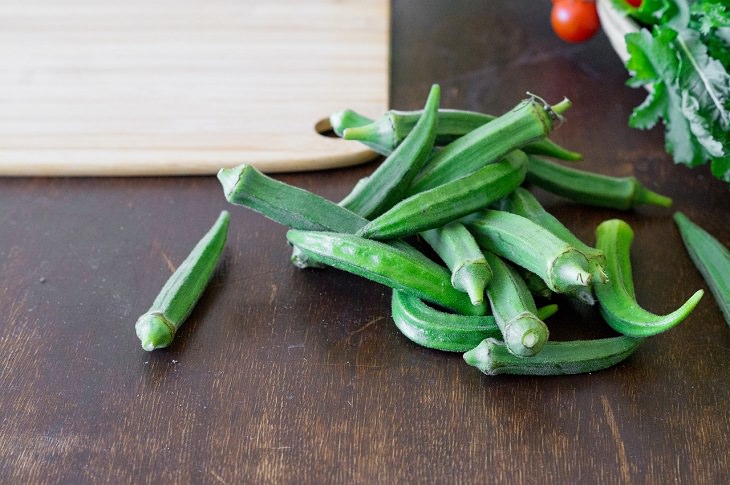
Okra, also known as ladies finger, is a common dish in South Asian and African cuisine and is a great healthy addition to your meal. It can be tough to cook, however, because too little heat leaves it with a less than pleasurable texture, and too much takes away the nutritional value.
The best way to enjoy this vegetable is to pickle it, and this pickle can last for over a month. Start off with 1 and a half pounds of the raw veggie, and make sure you have at least 3 jars to keep them in (because 1 and a half pounds is a lot of green!).
Place 2 cups of water, 1 cup of vinegar and 2 tablespoons of salt to a saucepan and let it simmer to a boil. While your brine prepares, divide the okra equally between each jar, and add one dried red chili pepper and one teaspoon of Dill to each jar. That means you'll need at least three of each.
Once the brine has reached low boiling temperatures, add the solution to each jar evenly, and let it soak for about ten minutes. After that, refrigerate the jars and enjoy this cool and delicious mix of flavors with a healthy undertone.
4. Cabbage (AKA Kimchi!)
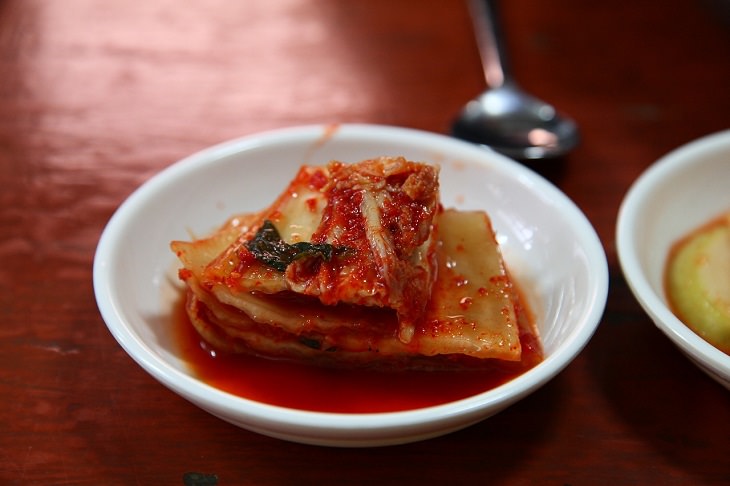
Anyone who has ever enjoyed Korean Barbecue will be very familiar with this dish. It resembles a bright red salad of sorts, but in actuality is just pickled cabbage fermented in pure flavor. It is a staple of Korean cuisine and is chock full of vitamins A, B and C. It also helps prevent and treat yeast infections and acts as a digestive aid.
This dish takes about 25 minutes to prepare but requires at least 4 days of refrigeration to complete. After washing, sprinkle cabbage with lots of salt and leave it to soak in for about an hour. Do this twice, salt is an important preserver for this dish.
Create a garlic, ginger and onion paste using the blender and then mix the rinsed and salted cabbage with the paste, some cayenne peppers, radish, cucumber, and minced green onions. Make sure to keep mixing the combo until the salt, paste, and other flavors are kneaded into all the veggies. After a few days of refrigeration, your traditional Korean kimchi is ready to serve!
5. Soybeans
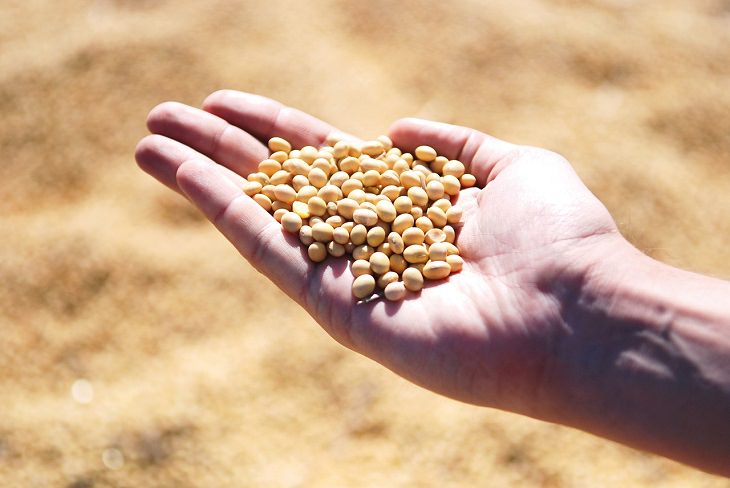
These are a type of legume, which originated from East Asia but is now grown more in the United States of America than any other country. They're healthy, full of proteins and vitamins and the perfect addition for a fat-free meal. Soybeans are another one of those foods that can be a little flavorless to cook, which is why pickling is a great option.
There are multiple ways in which soybeans can be pickled. The most popular different recipes for pickled soybeans are from Japanese cuisines, like Natto, which is a more thick and liquid-like fermented form of soybeans. It's usually enjoyed with karashi mustard, soy sauce, and bunching onions commonly found in Japan.
Miso is a more popular and well-known form of fermented soybeans, soaked in brine with Koji, which is a type of fungus. It has numerous health benefits as a result and is the main ingredient in many recipes like the famous Japanese delicacy Miso Soup.
6. Black tea

As it turns out, it's not just great for a caffeine burst. Black tea and sugar, which can be collected from a number of sources, like honey and fruits, when fermented together create Kombucha, a pickled beverage of sorts.
This delicious drink comes not only with the usual benefits of tea, but a truckload of other health benefits, courtesy of the fermentation process, and the yeast and bacteria present in the tea that helps the drink pickle. After letting a few tea bags seep in a jar of hot water and sugar, remove the tea bags and add a little bit of vinegar.
Then leave it to sit for a few days or weeks depending on the taste you're looking for. Keep in mind, however, the longer the fermenting liquid sits outside, the more vinegary and less sweet it will become.
7. Shrimp
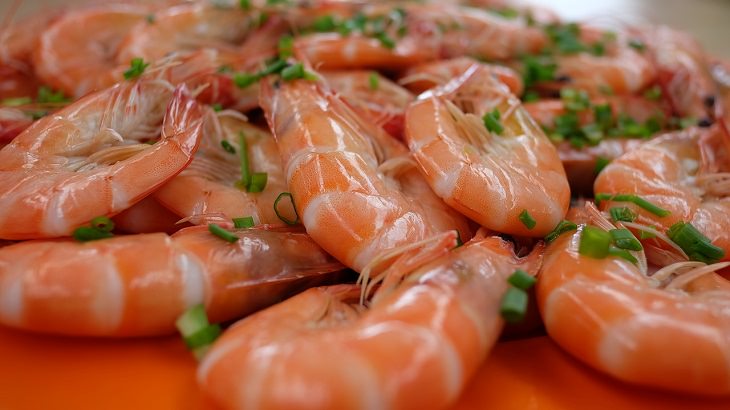
Shrimp is good in just about any and all forms you can get it in. But even I had to think twice about my favorite after tasting pickled shrimp.
For about one and a half pounds of shrimp, you'll need the usual teaspoon of salt and sugar, along with 3/4 cup of vinegar. For the best flavor and crunch, you can toss in celery seeds, thinly sliced sweet onion and lime, and a few solid juicy capers.
Finally, add about half a cup canola oil, and mix the whole thing thoroughly in a bowl. Make sure to add the shrimp at the end, so it soaks in all the flavor. Cover the bowl with a foil or plastic wrap and leave it in the fridge for about 2 days to get that perfect pickled prawn.
Shrimp, like most seafood, don't usually last long, but pickled shrimp stays good for about a week!
8. Zucchini
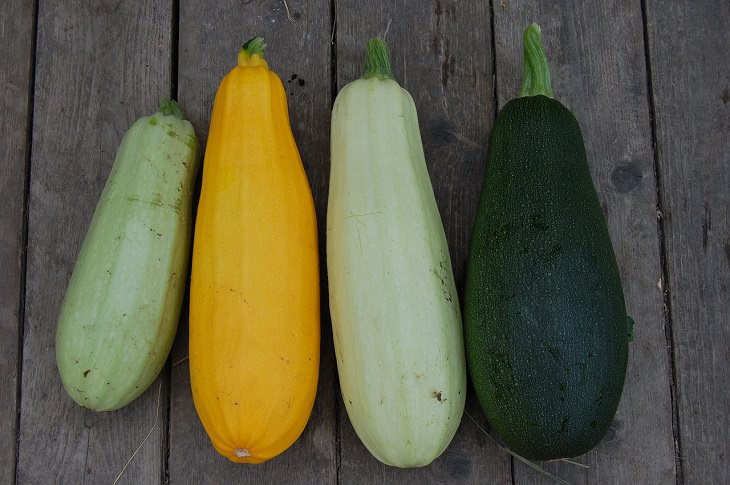
Zucchini is a summer squash that comes from the gourd family. Fun fact: Zucchini is usually harvested when it is still tender as the fully mature plant isn’t edible. Another fun fact: it makes for an absolutely delicious pickle.
There’s a simple way to pickle zucchini. Start with a pound of zucchini, cut it lengthwise. Then chop a small yellow onion and put them both into a big bowl. Toss in 2 tablespoons of salt, 2 cups of apple cider vinegar and a cup of sugar. Top it all off with 1 and a half teaspoons of dry mustard, crushed yellow and brown mustard seeds, and finally a teaspoon of ground turmeric.
Mix the contents of the bowl thoroughly until the zucchini is well-coated. Pour the entire mix into the container of your choice and leave it to refrigerate for a few days. Et voila! Pickle ready!
9. Watermelon Rind

The best way to beat the heat of summer is with some cool refreshing watermelon. But what of the watermelon rind? That's the white part left over after the sweet part of the fruit is gone. Most of the time we throw it away but that’s because we never understood the benefits of watermelon rind. It is jam-packed with Vitamin B6, Vitamin A, and Vitamin C, as well as potassium and magnesium and natural sugar, which can even alleviate many pregnancy-related discomforts.
The best way to enjoy this “leftover” is to pickle it, a dish originally made popular in the southern states of America. First, cut out the dark green and red parts from the rind and chop them into bite-sized cubes. Add 3 cups of water and salt to an air-tight container with the rind and let it soak overnight.
The next day, lightly heat the soaked rind for 10 minutes, until it’s tender. You can prepare the brine simultaneously by dissolving sugar in a boiling mix of a cup of vinegar and water, along with cloves and cinnamon. Strain out the solids. Then add the watermelon rind and the hot brine to the jar or container, and let the rind sit in the hot solution. Your pickle will be ready to go after it cools.
10. Oysters and Muscles
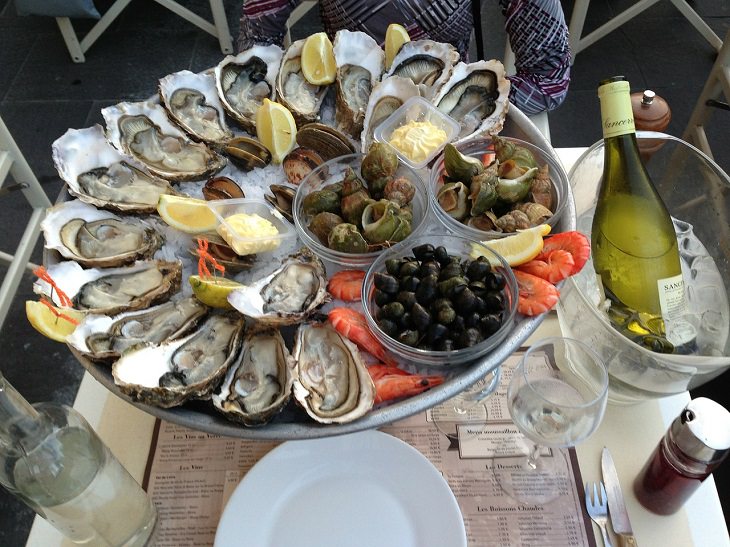
Here is a recipe for all the lovers of shellfish out there, more specifically, fans of mussels or oysters. First, pour a cup of white vinegar into a saucepan, and toss in half a tablespoon of Jamaica pepper (this will also work with the spice of your choosing), and half a tablespoon of mace (which is the red covering found on nutmeg). Let it heat lightly for about 10 minutes, and then leave it to cool.
While your brine is heating, you can prepare the shellfish by first steaming it until it opens. After draining the liquid from the shells (a result of the steaming), cool them down in the refrigerator before removing the meat from the shells. Pack the meat into jars with some cloves, lemon slices, and a bay leaf. Once your brine has cooled, pour it into the jars. Close it tightly and keep it in the refrigerator until its cold.
Pickled mussels and oysters will keep for 3 to 5 days.